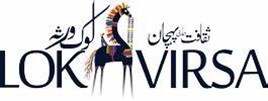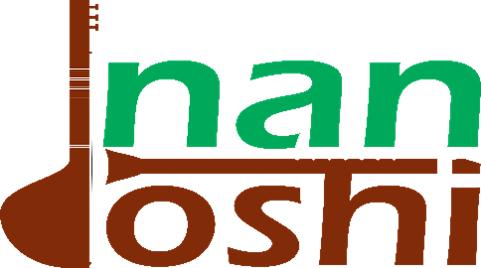
Lok Baithak Series: Folklore and Traditional Heritage of Khowar Community
The main purpose of the said series of programs is to revive the traditional informal sittings of the traditional and rural communities. These Lok Baithaks are multifaceted and serve the multiple purposes of associationalism, camaraderie, entertainment, social cohesion, knowledge sharing, creation of disciplinarian and organizational spirit, and above all are the hub of promotion of art and culture in the general communities.
The major specialty of this series is that each program focuses on one of the most ignored and or vulnerable ICH. This program is open to the people of all age groups and multiple ethnicities in the style that they themselves are the speakers and listeners with Lok Virsa performing the role of regulator and facilitator only.
This particular session was held to mark the International Day of the Intangible Cultural Heritage 17 October. Indeed, Khowar is a lingua franca spoken by multiple communities living in the region of Upper and Lower Chitral, Upper Swat, Ghizer, Ishkoman and Yaseen valleys of Gilgit Baltistan. Hence, ICH of Khawar language also makes an excellent case of diversity within unity.
Folklore and traditional heritage of Khowar speakers hardly get the chance to enjoy the spotlight. The idea was to highlight the hidden treasures of the said language to bring into the knowledge of students and researchers to carry out further research and documentation work on the hitherto neglected aspects of Khowar’s community’s intangible cultural heritage and its significance.
Said program entailed the performances and discussion on history, language, birth to death rituals, traditional values and traditional institutions, folk stories, myths, folk songs, epics, folk games, folk musical instruments and folk dances of the Khowar speakers. This is to underline that all the said genres of ICH coming from the said region are threatened.
University students of Pakistan Studies and Anthropology departments from QAU and NUML were also engaged as active and participatory audience through coordination with the relevant departments.
Text as provided by the organiser(s).
